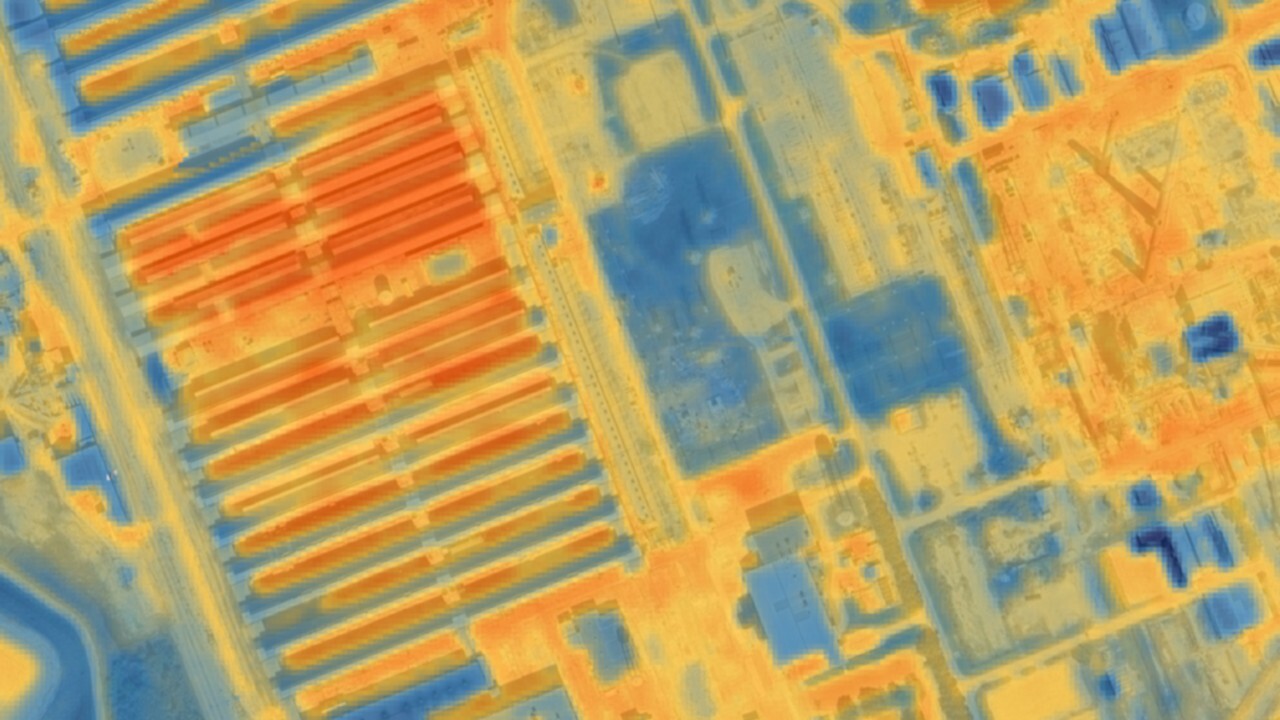A Weird 'Radio Bridge' 10 Million-Light Years Long Links Colliding Galaxy Clusters
Astronomers have spotted a ridge of radio emissions 10 million light-years long joining two galaxy clusters that are slowly colliding with each other.
The researchers studied two galaxy clusters dubbed Abell 0399 and Abell 0401 using the Low-Frequency Array, or LOFAR, based in the Netherlands. That observatory is perfectly tuned to spot very long low-frequency radio waves in space. The scientists used the array to study this pair of galaxy clusters because other observations had spotted a filament joining them, part of the massive web that fills much of space.
"The presence of this filament stimulated our curiosity," lead author Federica Govoni, an astronomer at the National Institute for Astrophysics in Cagliari, Italy, told Space.com.
Related: Gigantic X-Ray Tsunami Rolls Through Galaxy Cluster (Video, Photos)
In particular, she and her colleagues were intrigued because they had already determined that both of the galaxy clusters were among the few dozen with magnetic fields that scientists have spotted. Electrons moving very, very fast inside of a magnetic field produce synchrotron radiation, which scientists can see as radio emissions.
So, the next question was whether this filament between the two colliding galaxy clusters also had a magnetic field, and the best way to find out was to look for radio emissions between the two clusters. That's precisely what Govoni and her colleagues found when they used LOFAR to look at the space between the two galaxy clusters: a ridge of radio emissions stretching 10 million light-years between them.
"When we obtained this great image, we were really excited, but of course, we wanted to be sure," Govoni said. "At the beginning, we were quite cautious. However, when we decided that what we detected was real, we decided it was really important to show this result."
Breaking space news, the latest updates on rocket launches, skywatching events and more!
Govoni and her colleagues said the radio emissions prove that the filament itself is magnetized. But because so many factors come together here — two colliding galaxy clusters that happen to be connected by a filament, two clusters that happen to have magnetic fields — the researchers aren't sure yet how typical such a situation is in the universe.
"What we want to understand now is if this magnetizing filament is a common phenomenon in the cosmic web," Govoni said.
Fortunately, the researchers will soon have an additional instrument to enlist. That's because LOFAR is a "pathfinder" for a more powerful observatory, called the Square Kilometre Array, which scientists hope will become the world's largest radio telescope. That instrument's to-do list includes studying magnetic fields within the cosmic web itself, just like the one Govoni and her colleagues found here.
The research is described in a paper published today (June 6) in the journal Science.
- Gigantic Galaxy Clusters Sing a Spooky Song into the Cosmos
- The Best Hubble Space Telescope Images of All Time!
- Beam Us Up! Colliding Galaxy Clusters Look Like Starship Enterprise (Photo)
Email Meghan Bartels at mbartels@space.com or follow her @meghanbartels. Follow us on Twitter @Spacedotcom and on Facebook.

Meghan is a senior writer at Space.com and has more than five years' experience as a science journalist based in New York City. She joined Space.com in July 2018, with previous writing published in outlets including Newsweek and Audubon. Meghan earned an MA in science journalism from New York University and a BA in classics from Georgetown University, and in her free time she enjoys reading and visiting museums. Follow her on Twitter at @meghanbartels.

